We were still ruminating on The Castle and its messages as we got ourselves together for the day. It was certainly an iconic Australian film.
The forecast was for showers again, so we walked down the hill and set out for the Rocks area again, this time to visit some museums. We had done our homework and set out for the main Rocks Discovery Museum to start. This is tucked away in a side road but contains a wealth of information. We arrived there having cut through one of several narrow ‘alleyways’ that have survived attempts to redevelop the area over the years. I loved the play on words on the name of one of these thoroughfares – Suez Canal (Sewage Canal ………!?!)
The Rocks formed part of some the earliest settlements around the harbour. One of the first enterprising merchants was a chap called Robert Campbell. He initially shipped food and equipment over from England and his warehouses – now a pub complex – can still be seen today. In 1805 he sent off his first shipment from Australia to England.
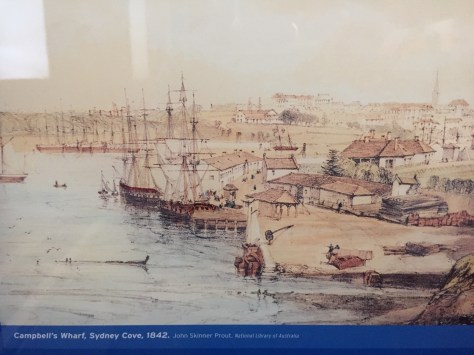

By 1850 there were more than 50 pubs in the back streets of the Rocks.
By the late 19th century the area consisted of middle and working class people generally of Irish, European and Chinese descent. They were frequently craftsmen and women involved in baking, brewing and sewing. From blacksmiths and butchers to publicans and taxidermists, here Sydney’s history was built brick by brick, sewn into cloth, baked into loaves, served up in meals and pints. Artists also gathered at the Rocks. However, alongside the trades people there were gangs of local thugs known as the Rocks Push who gave the area a very bad name and made the alleyways a place to be avoided.
Members of The Push were defined by their dress, apparently. The larrikins (men) by their heels and pointy boots and the donahs (women) by their large and colourful hats. Sounds very colourful! They must have cut quite a dash!
The Cadigal tribe of aborigines originally lived in the area around the harbour. It is thought that they may have lived there for more than 50,000 years. Sadly, all but three were wiped out by smallpox.
Those who joined the community as convicts were assigned to work for free settlers or other convicts who had set up successful businesses. When convicts were accompanied by their free husbands or wives, they were often assigned to their spouses as a servant. A number of Irish political prisoners were among the first to arrive. There was a tale of a particularly enterprising convict butcher called George Cribb who arrived in 1808, and had a number of assignment convicts working for him. He came over with a female convict, who he married even though he had left a wife in England. His wife subsequently came across to Sydney and Mr Cribb paid for the Australian wife to return to England and gave her £300, a small fortune I guess in those days. Sadly his English wife died the next year and he then married a third wife, however she could not save him from bankruptcy in the end, following a life spent as a supplier of meat while dabbling in cattle stealing, illegal meat trading and smuggling in addition to his bigamy. He became a bankrupt in 1829.
We had a look at an archeological site called the Big Dig. This was started in 1994. The area they have excavated is a bit further over towards the bridge and incorporates the area where Mr Cribb had his meat business. A number of artefacts have been found in the area, some in a well full of all sort of excitements including contraband spirits.
We had a tour of a Terrace of houses built in 1844 called Susannah Place. A family called Reilly had the houses built. They lived in one and rented out the others. The rooms in the houses have been furnished as they would have been in the different eras during which the houses were occupied. We were told of the histories of a number of the families who lived there, as people alive today have been able to talk of their life in the houses and those of their ancestors.
One hundred families lived in the houses during the 150 years they were occupied. They were lived in until the 1960’s and survived a number of attempts to demolish old buildings in the Rocks. A particular threat occurred in 1900 when the government used an outbreak of bubonic plague to pronounce the area unfit for habitation and a slum, although only 3 people from the the Rocks actually died from the plague. The government bought up all the properties on the harbour foreshore and proceeded to start to knock everything down. This ‘redevelopment’ stopped in 1924. Plans for demolition met with great opposition from the local community again in the 1960’s. In the end a union called the Builders Labourers Federation got involved and a chap called Jack Mondey introduced what was called the Green Bans, effectively ensuring that union members would refuse to knock the old buildings down.
To get back to Susannah Place……..
In their day these were considered very modern and one of the first tradesman tenant families paid £26 per year to live in one of the houses. At this stage there were two rooms downstairs and two rooms upstairs. There a small back yard with a toilet. The yard ended at the toilet wall.
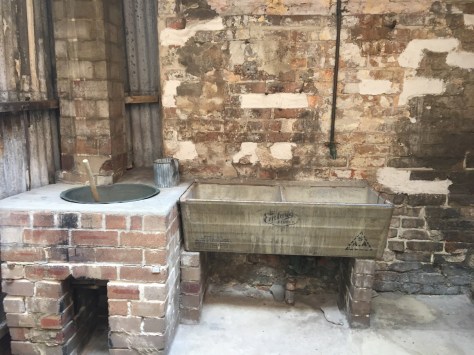
It appeared that the landlord continued to keep the houses up to date and in 1860 running cold water and a sewage system was introduced (the sewage of course ended up in the harbour). In 1868 the outhouses were added and a boiler for heating water joined the outside toilet. Later still there was accommodation for an outside bath!
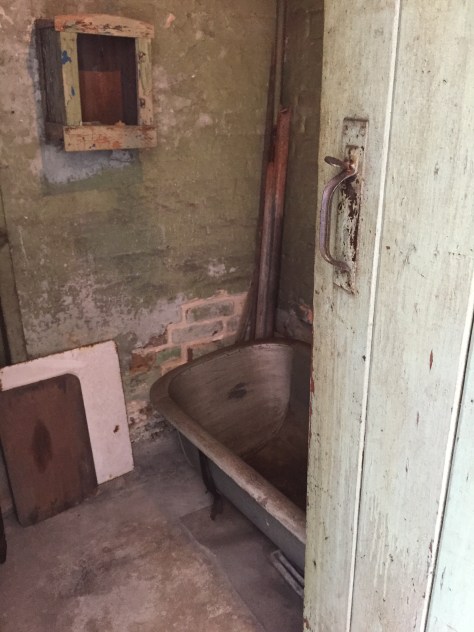
Over time, gas lighting and eventually electricity came, some initially preferring to do without electricity as they could not afford the cost. Cooking was done on a range, initially fuelled by coal and later wood. By the 1960’s there was a gas meter to pay for the gas.

Beyond the yards there was an area for hanging washing ……..
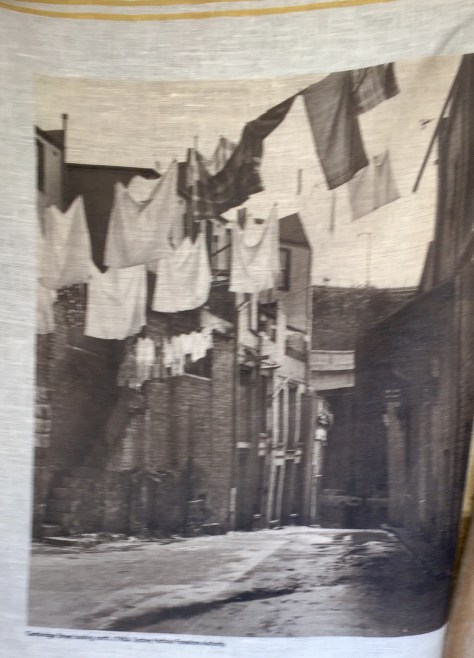

(Apologies for the standard of photography here, but I thought the pictures were useful to portray the feel of the place)
Children would play in the street as the houses were too small and the families too large to accommodate them……..

Later the end house in the Terrace became the corner shop. Now it has an interesting display of replica equipment, cleaning items and confectionary. In its day the corner shop was a vital part of the neighbourhood. In the back room there was an ice chest to keep things like butter cold. A block of ice was delivered every day apparently…….
It was an interesting tour. It was also an indication of our increasing years that a number of ‘historic’ aspects of the terrace living portrayed formed part of our own childhoods!
We left the area initially with the thought of going to have a look around the Museum of Contemporary Art on the harbour front, but decided in the end to leave that to another day and to return home for a Wightman family evening…….

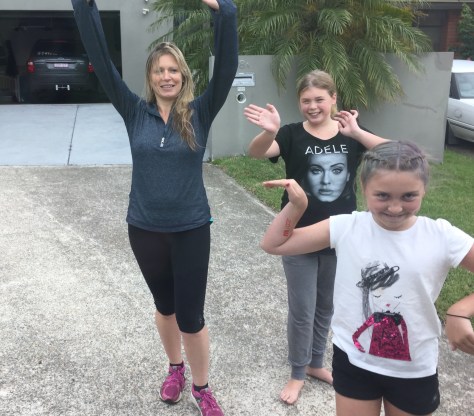

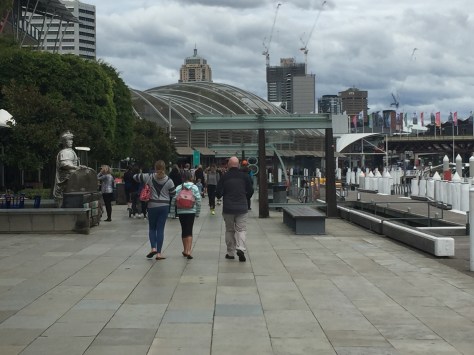

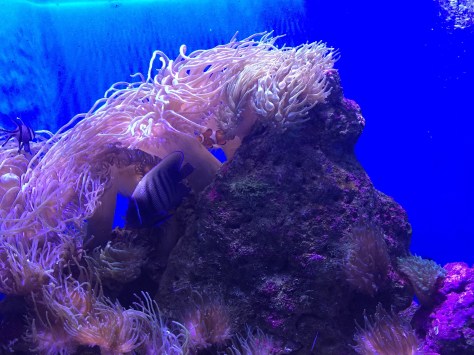
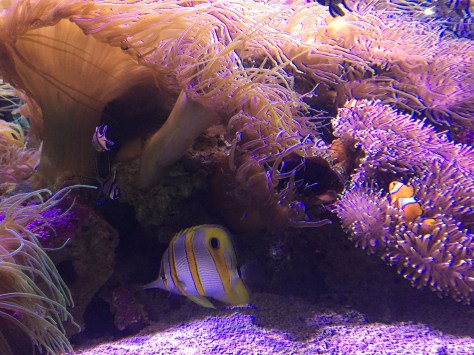









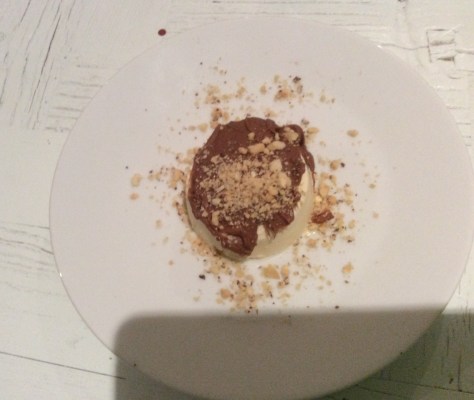



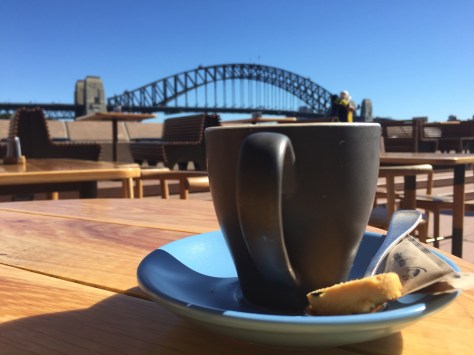






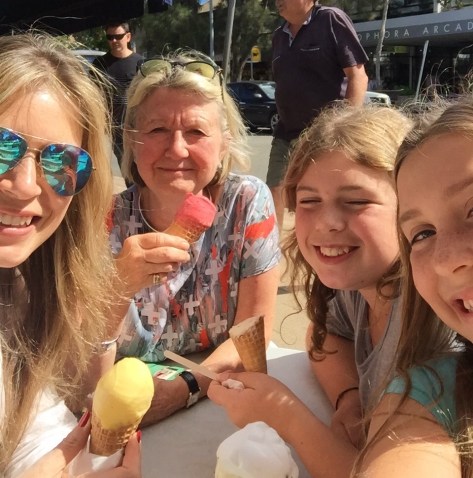

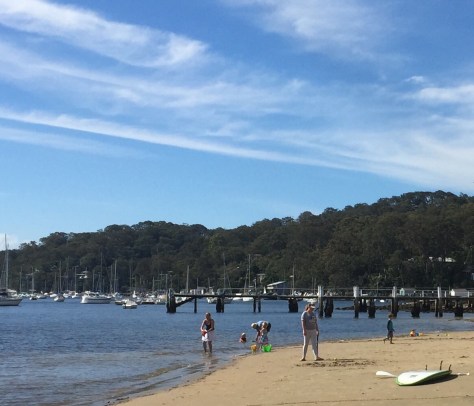

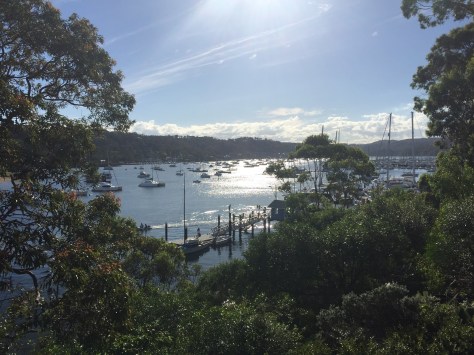

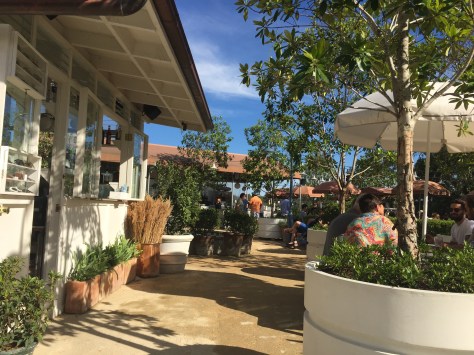
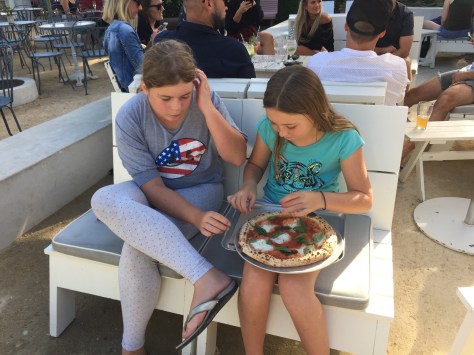
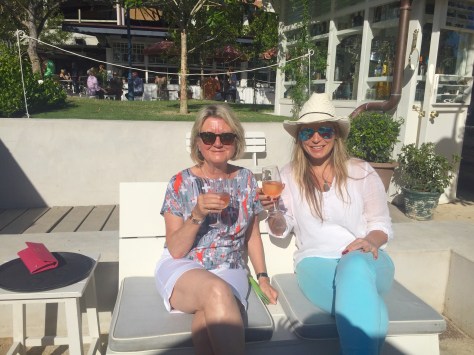




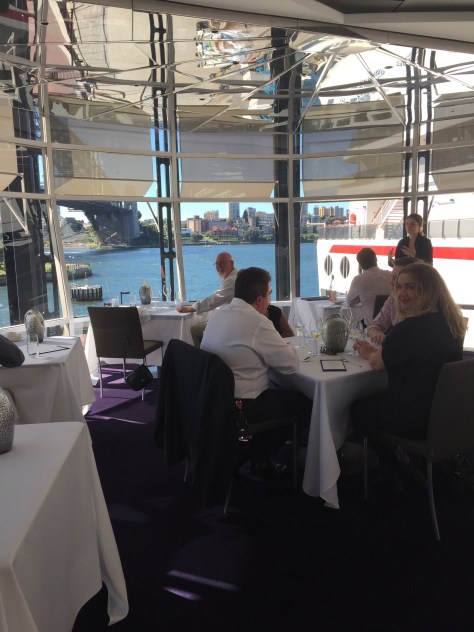

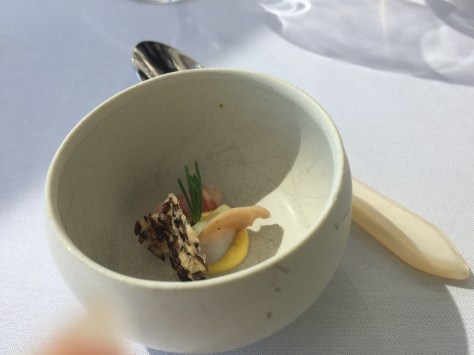




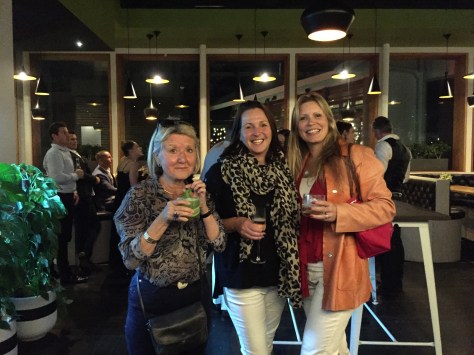
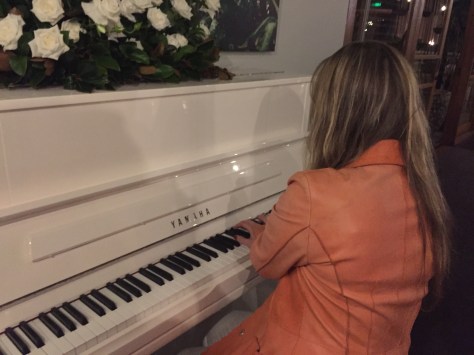

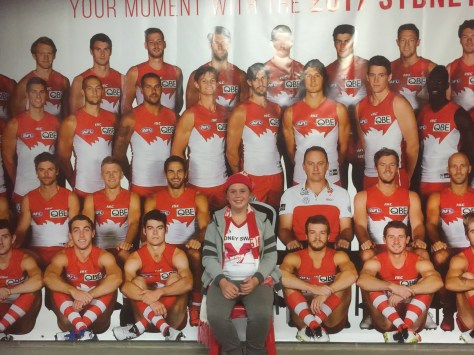













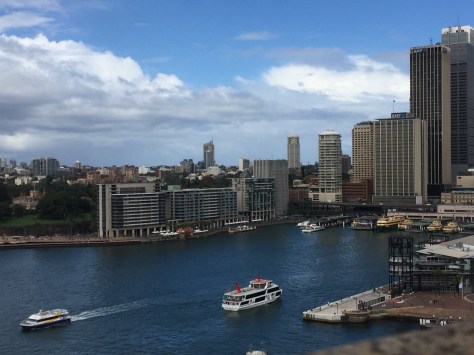


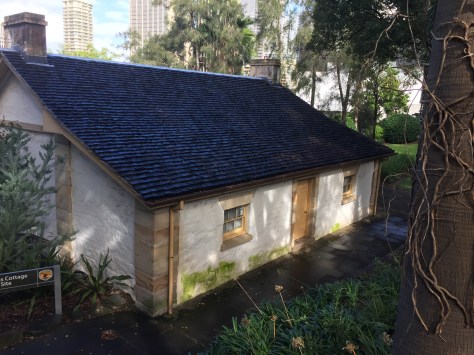
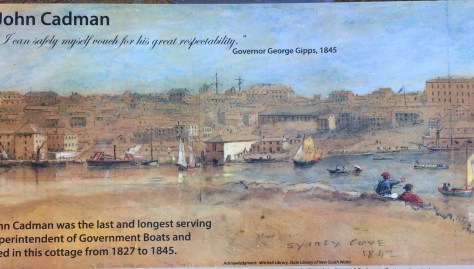
















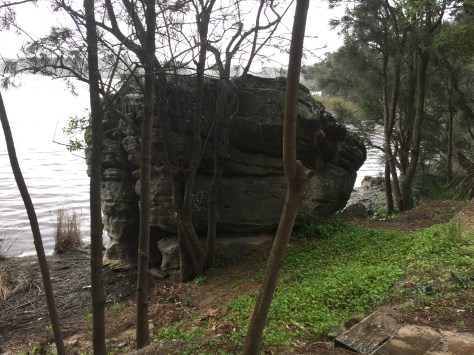
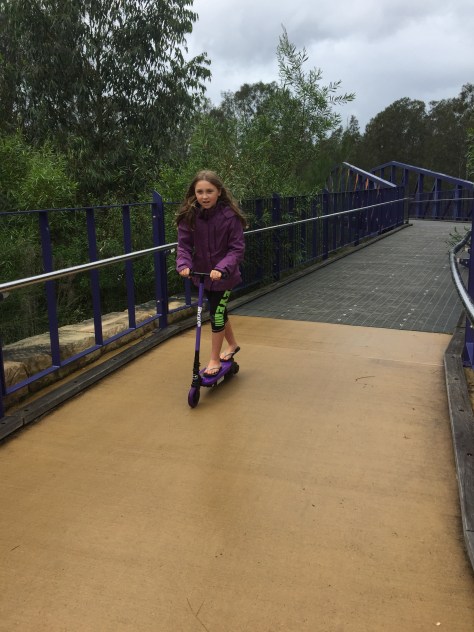
 After a coffee stop to warm us up we walked the final kilometre back to the car and headed home, hopeful that we could get back later in the day for a barbecue on the waters edge.
After a coffee stop to warm us up we walked the final kilometre back to the car and headed home, hopeful that we could get back later in the day for a barbecue on the waters edge.